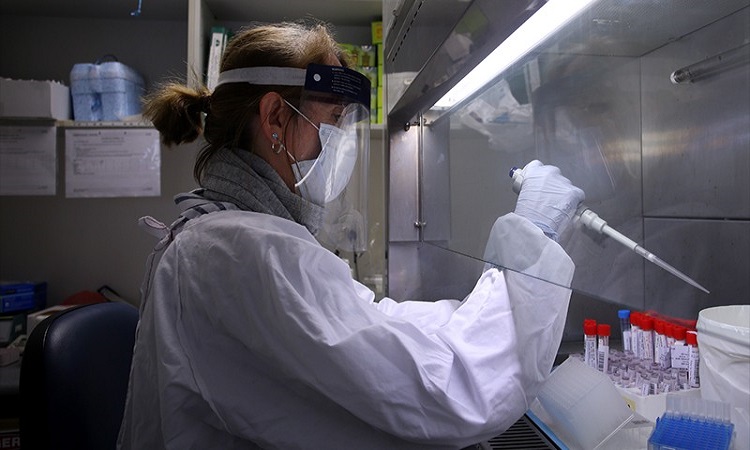It also happens in Europe: we have made some “ugly messes” with the collection of the DNA of Roma people for research purposes. Because, digging a bit, it turns out that in the collection of this biological material from which we can read a huge amount of (strictly personal) information there have been many problems of transparency in the use of informed consent procedures and an over-representation of the DNA of this community in some genetic databases that risk damaging it. The dangers are called discrimination and surveillance and are the result of unethical practices in the collection of DNA samples.
This is the complaint that comes from a long commentary article published in Nature which highlights the unethical practices, or at best not very transparent, adopted by geneticists in Europe towards the Roma population. A theme dear to the magazine and in general not new (and the authors themselves recall the case of China, with the collection of the DNA of the Uyghur minority and the correlated risk of population surveillance, which we had talked about) but which also interests the Europe. “Geneticists must accept the fact that unethical research practices still occur in their own countries – and not just on other continents,” write Veronika Lipphardt of the University of Freiburg and colleagues. There is not only China with the Uighurs, or Australia with the Aborigines. We Europeans are also there with the Roma, the largest ethnic minority of the old continent, which is estimated to have around 12 million people.
The problems in the collection of DNA
Lipphardt and colleagues lined up all the problems of the case collected by examining the data from 450 studies published in the last hundred years, from five genetic databases and by interviewing those directly involved in some cases (institutions and researchers). And putting their hand to that data, reading those studies, the researchers noticed more than a few problems, starting with the way we refer to the Roma population, with terms like “blood relatives” or “gypsies”.
The main problem of these studies concerns the methods of collecting the samples: informed consent unclear in the purposes, sometimes even only collected verbally. In some cases, in fact, the DNA of these people was collected with the declared purpose of carrying out studies on genetic diseases, but then it was shared on databases also accessible to law enforcement agencies or, again, with other scientists, revealing the personal data of the enlisted. , the scientists write in Nature. Even after the arrival of the obligation of written informed consent and the approval of an ethics committee in forensic genetics journals, for example, data collected well before and with completely different requests for guarantees continued to be used.
The meaning is clear: there is no guarantee that those who gave their DNA did so knowing clearly what it would be used for. Or even assuming that it has done so in the past, perhaps on the basis of a verbal agreement, it is not certain that that consent can still be valid today, when what we can understand through the analysis of the DNA is enormously greater than in the past, the authors specify. .
A mountain of data
We talk about a lot of material. Researchers note that this minority is actually the majority in genetic databases. That is, it is over-represented. Specifically, they take the example of Bulgarian and Hungarian national data at the Y-Str Haplotype Reference Database, Yhrd, where Roma DNA is ten times that of Roma in the total population. The reason? “Both because of the prejudices on the part of the penal system and the fact that geneticists have sought data from communities that are believed to be genetically isolated,” write Lippjardt and colleagues, and not always in complete safety.
Yhrd himself makes it possible to trace data at the community level, if not at the family level, with the risk of identifying the people involved. In the face of all this, it was not possible for the authors to find evidence in favor of the fact that such a strong interest in the DNA of the Roma population has produced results in terms of research gains, for example in the field of rare genetic diseases. Indeed, there is no shortage of cases in which research or beliefs derived from flawed studies have served to guide discriminatory actions. The case of Roma children referred to Slovak schools reserved for people with mental disabilities is cited.
Possible solutions
How to solve all this? First of all by checking how and from whom the genetic data collected come from and if they belong to populations that are somehow considered at risk of oppression. This control activity, the researchers write, should compete with all the actors involved (from scientists who collect data to journal editors), but the ideal would be to establish dedicated control authorities, for example within the European society of human genetics (Eshg), and which provide for the participation of those directly involved (exponents of the communities).
Before that, however, it would be useful to be educated to see the problem, during training for researchers, for example, or avoiding giving space to research that does not meet the required standards. Some representatives of the same Eshg on the pages of the European Journal of Human Genetics observed that vexatious practices risk damaging not only those directly involved but also genetic research. Voluntary donations or the availability of materials in medical databases essential for the advancement of medicine are at risk.



